Why Architecture Is Important
(and what it says about us)
A short thread...
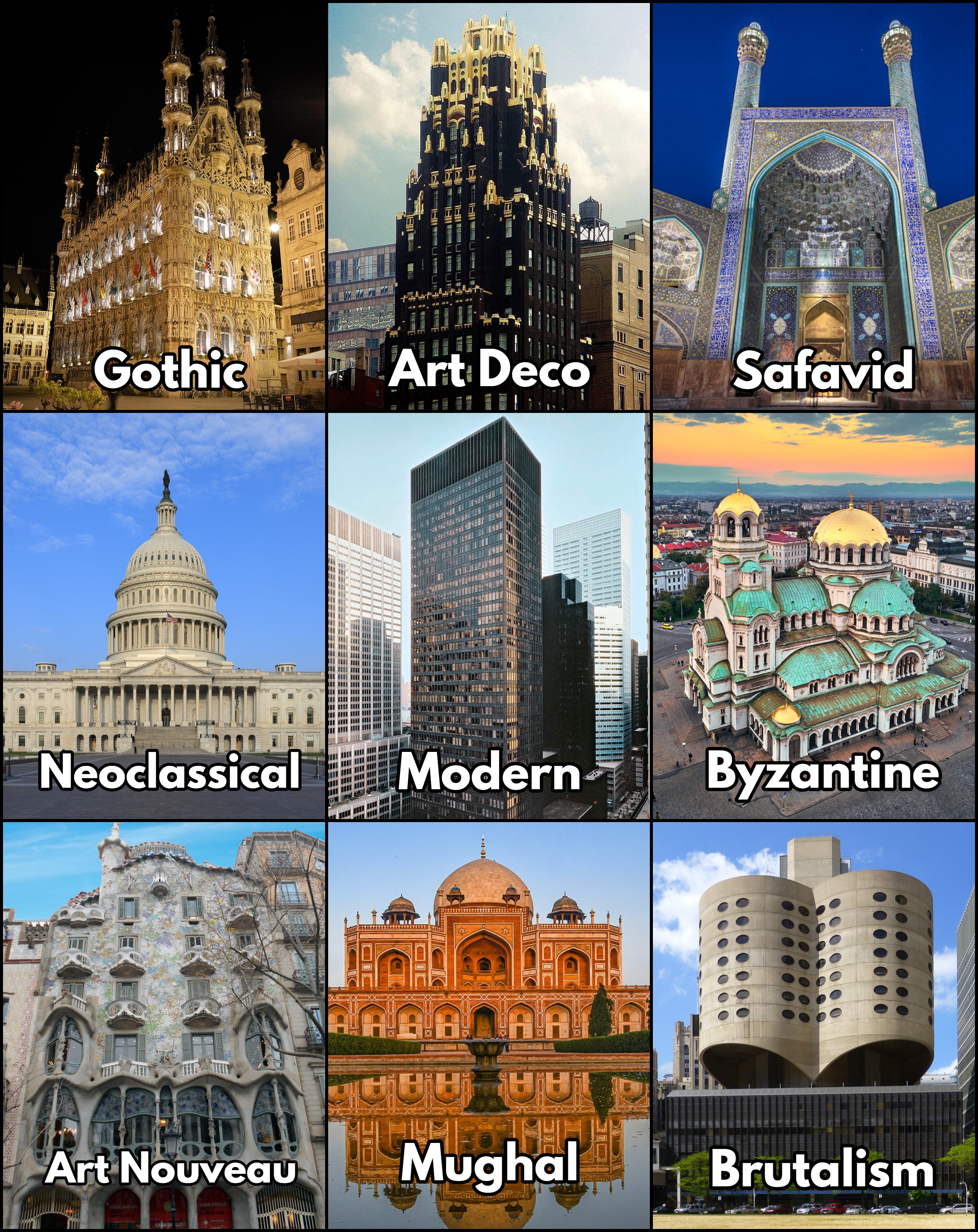
Why Architecture Is Important
(and what it says about us)
A short thread...

Architectural styles can be misleading, because architecture is about much more than a building's appearance.
Architecture tell us about the society that produced it - what they believed in, what was important to them, what was necessary - and, by extension, about our own.
Just think of Soviet architecture, from Constructivism in the 1920s to Futurism in the 70s and 80s.
These buildings were a highly conscious rejection of old architectural styles, a physical embodiment of the revolution, of a new social and economic order.
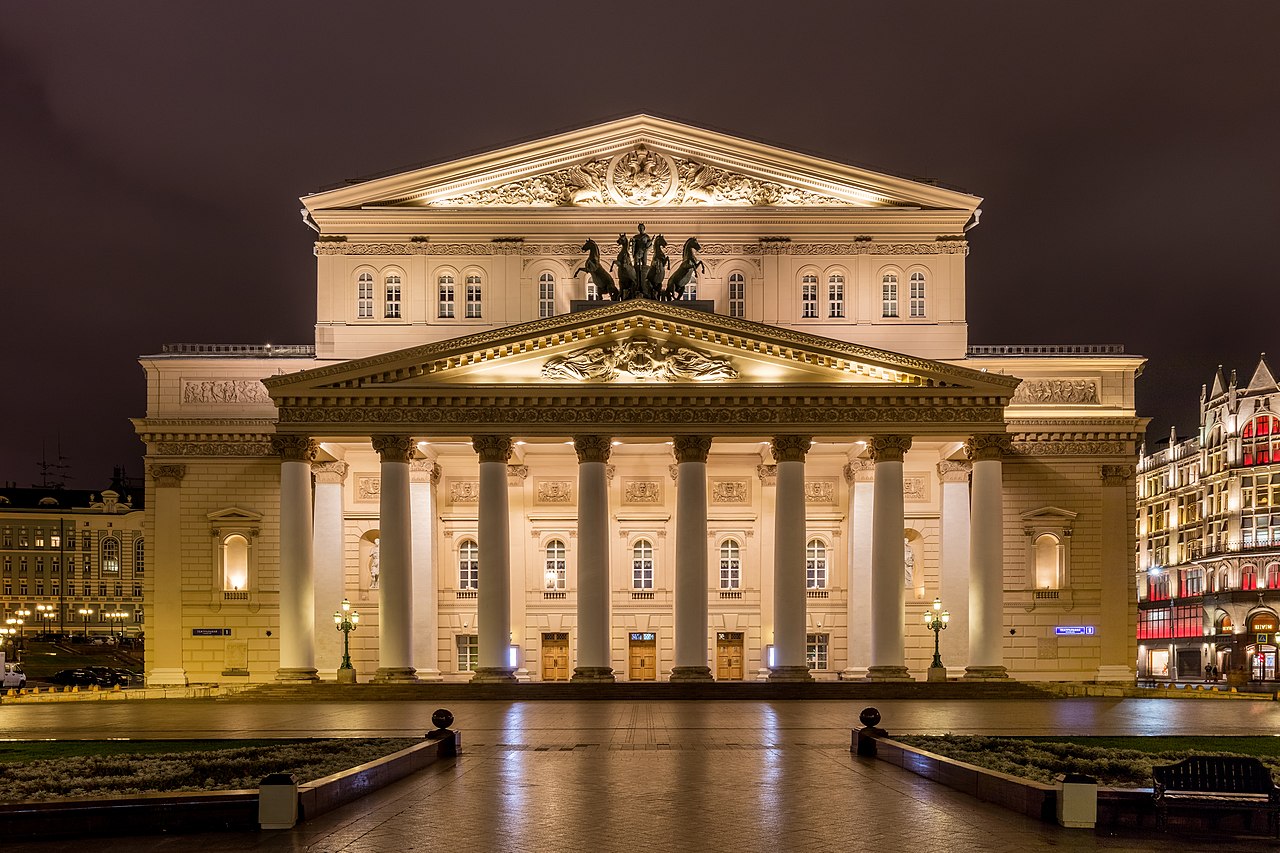

The same is true of Brutalism, which appeared in the decades after WWII.
It diverged from traditional architecture because that represented an old, violent, and destructive world; Brutalism was supposed to be the architecture of a more modern, peaceful, and equal society.

Brutalism was guided by the Swiss architect Le Corbusier, who argued in the 1920s that architecture had to change in keeping with the technology that was already reshaping the world.
His utopian urban plans influenced the countless residential towers of the later 20th century.

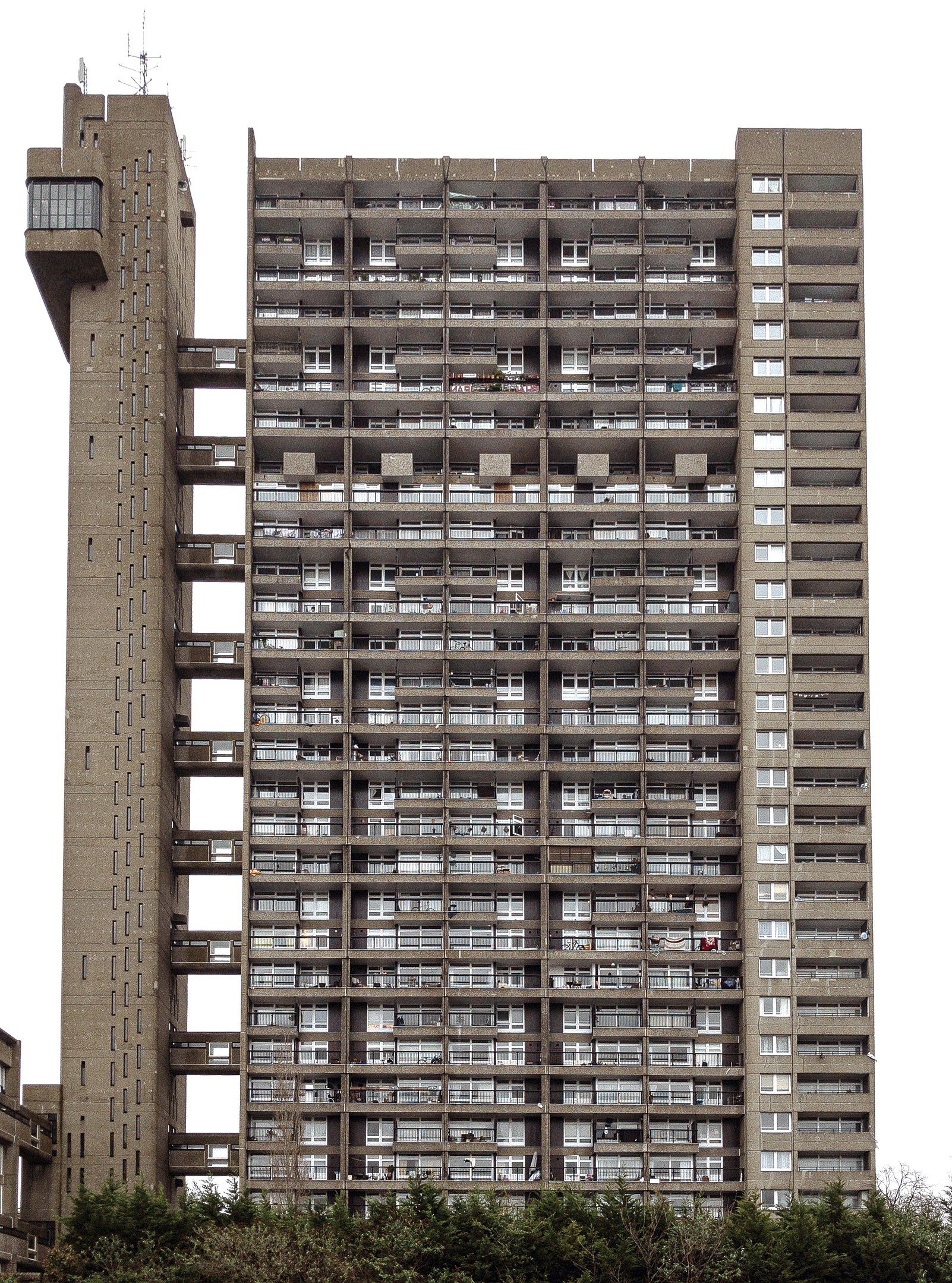
Why did America's Founding Fathers build in a neoclassical style?
Because it was the architecture of Ancient Greece and Ancient Rome, whose ideals and politics had influenced them; these were the societies they hoped to emulate.
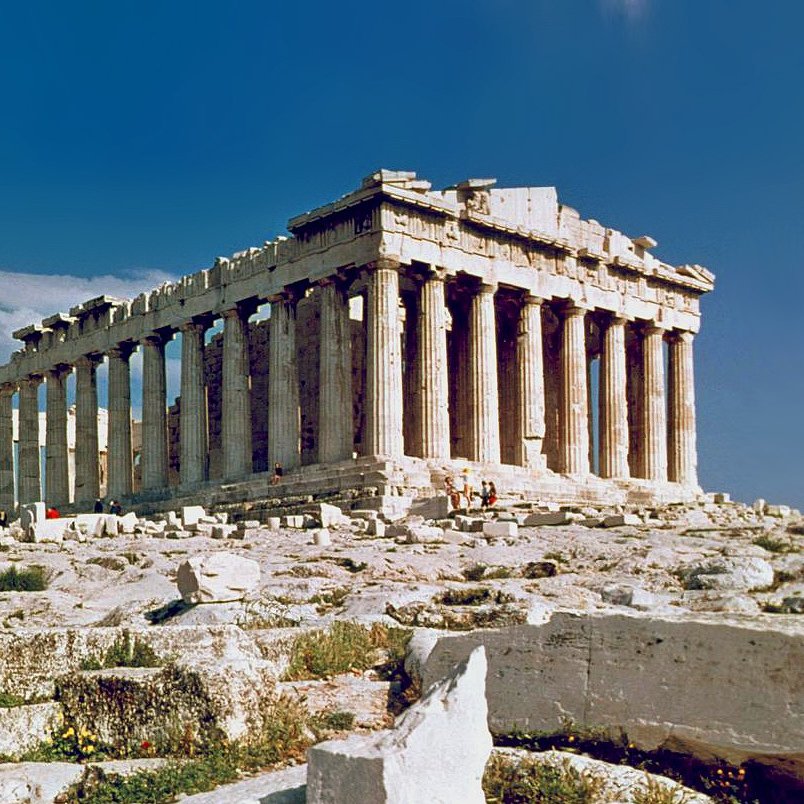

That was also true in the Italian Renaissance, when the architecture of Greece and Rome was first revived.
As the Ancient Roman architect Vitruvius wrote, this was a style of mathematical precision based on the proportions of the human body; hence Leonardo's Vitruvian Man.

This rational system of proportion and symmetry was in direct contrast with the dominant style at the time: Gothic.
By resurrecting classical architecture the Renaissance humanists were hoping to start not only an architectural but a social and cultural rebirth, too.

Why are Baroque churches so abundantly ornamented?
They were part of the Catholic reaction to Protestantism - a direct contrast with the bare churches of the Protestants, who (broadly) disapproved of religious art.
A theological feud played out in architecture.
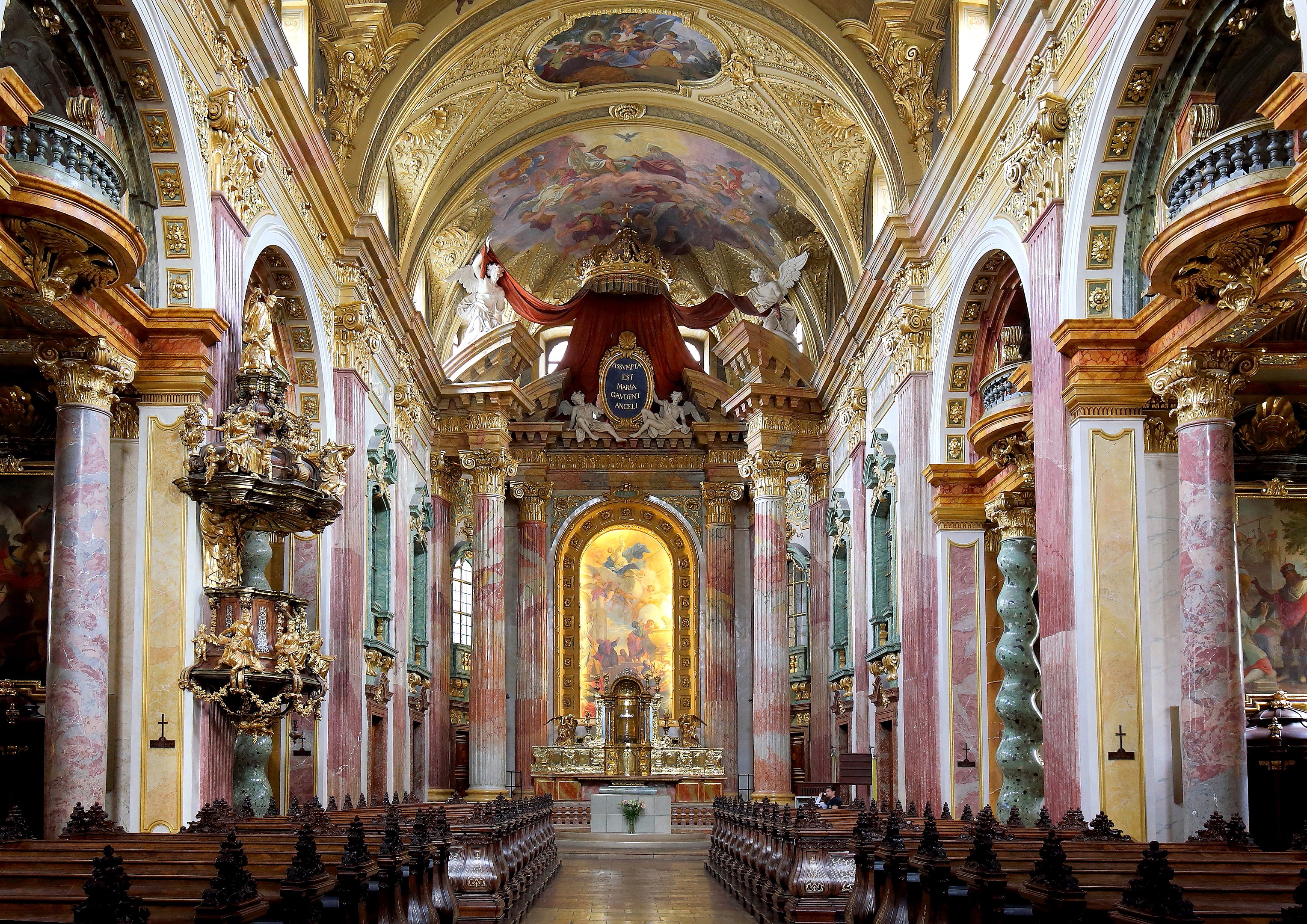

The muqarnas of Islamic architecture (delicately carved, honeycomb-like vaults) are a result of the preference for non-representational art in Islam.
Rather than depicting people or creatures, it was through abstract geometry that religious beauty and meaning was channelled.
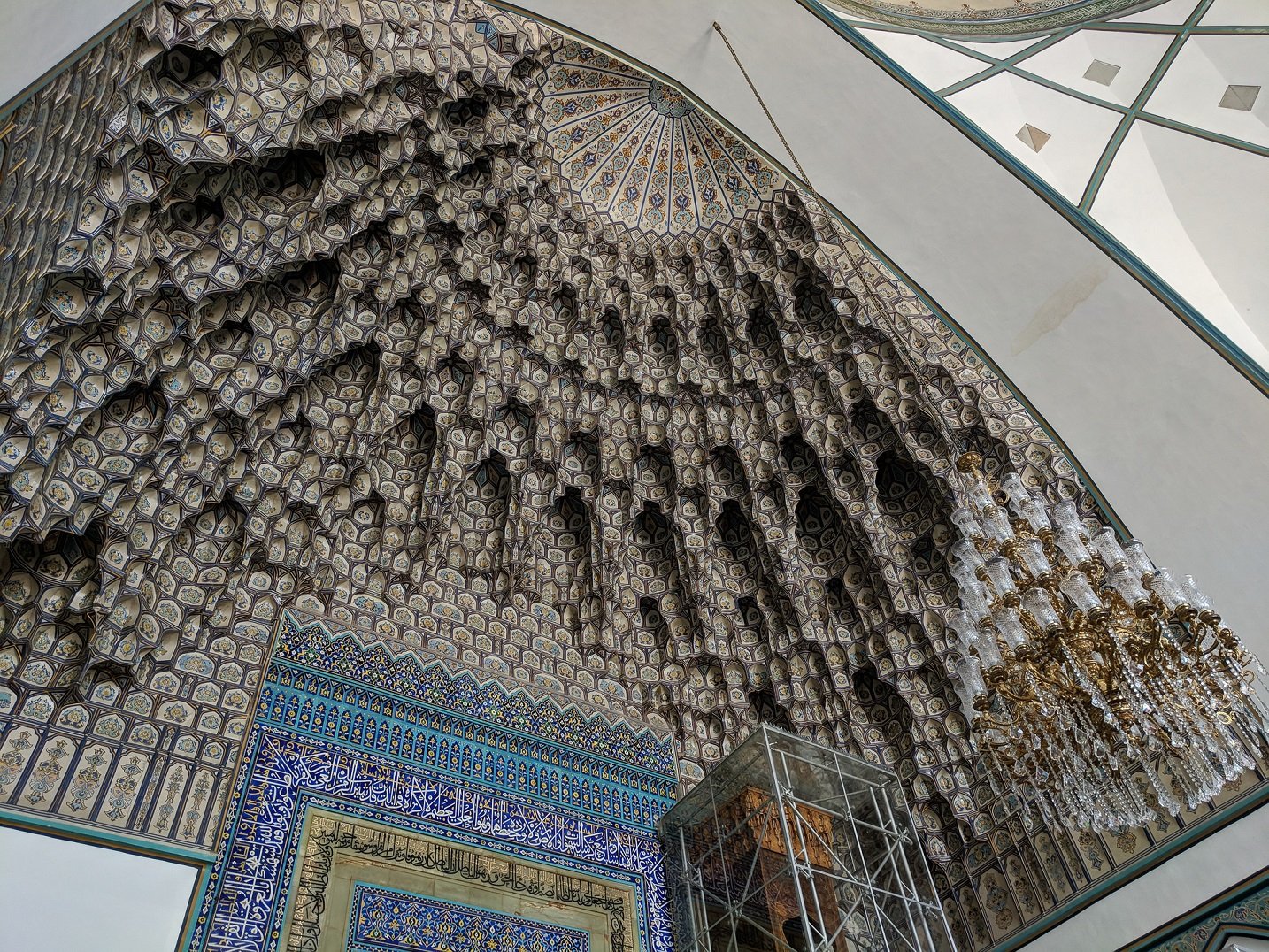
The writer Junichiro Tanizaki believed the heavy roofs, large eaves, and shadowy interiors of traditional Japanese architecture were a reflection of national character.
He sensed an entirely different philosophy in the Western preference for bright lights and large windows.


But architecture is about more than philosophical, political, or religious values - it can tell us how the societies that produced it worked.
Take Gothic architecture. The 19th century critic John Ruskin said it wasn't only defined by pointed arches and stained glass...

For Ruskin, the asymmetry, endlessly varied designs, and non-standardised decoration of Gothic cathedrals showed the creative freedom enjoyed by labourers and stonemasons in the Middle Ages.
In direct contrast to the industrialised, standardised labour of the 19th century.
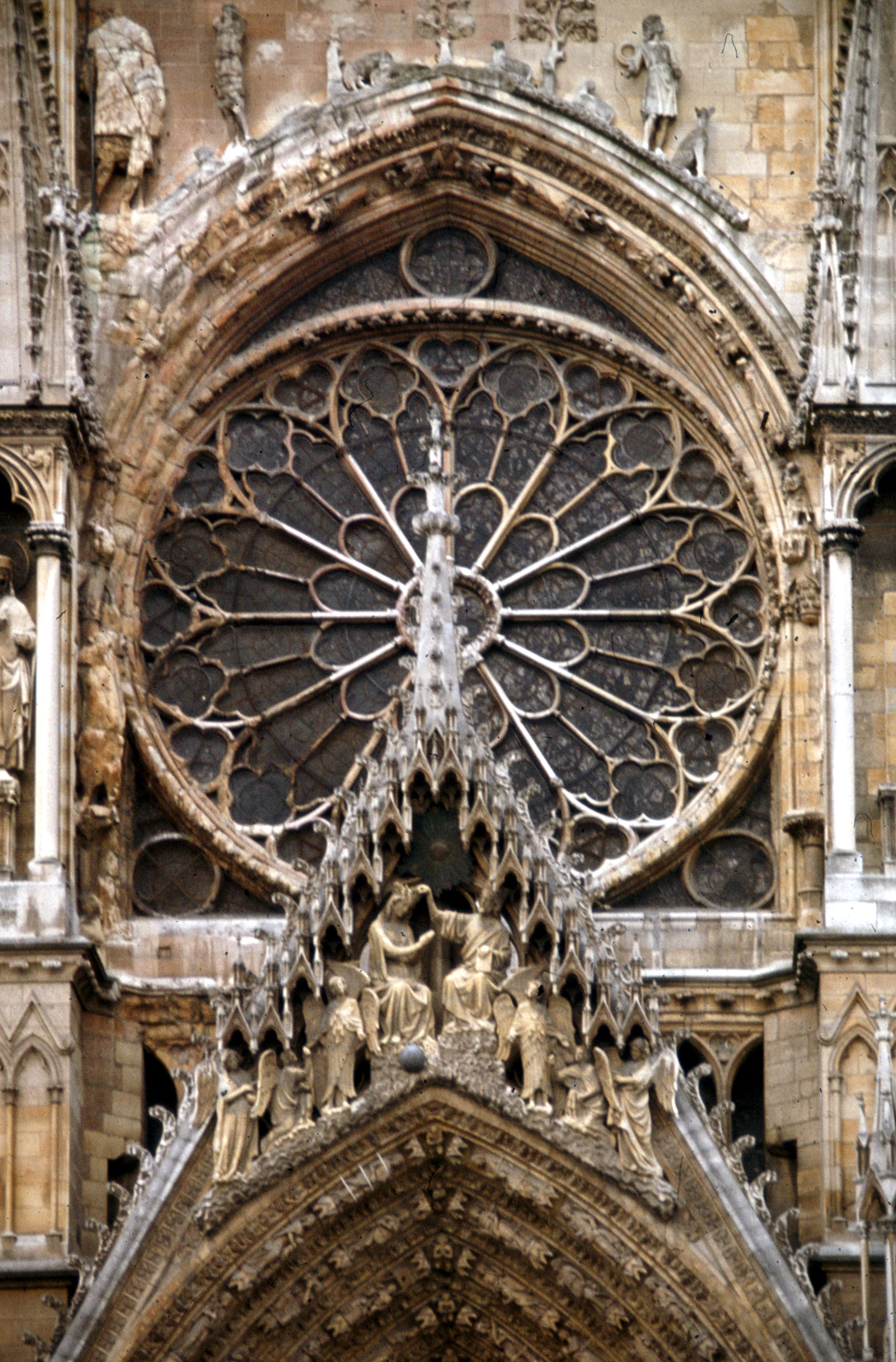
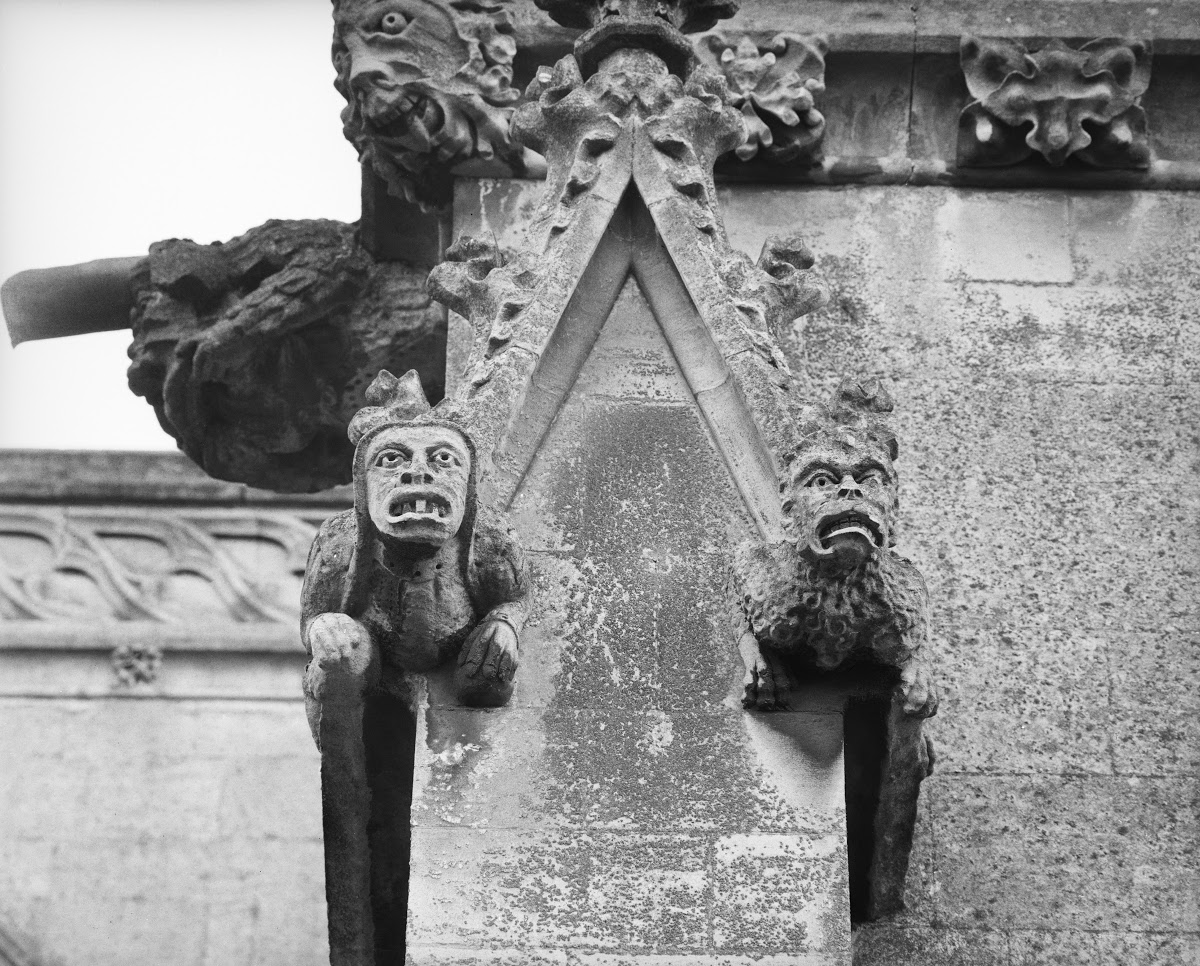
Architecture also expresses technological progress, human ingenuity, and social necessity.
There's a reason why thatched roofs are found in traditional architecture all around the world. Reeds are a plentiful resource and they are effective shields against wind, rain, and cold.

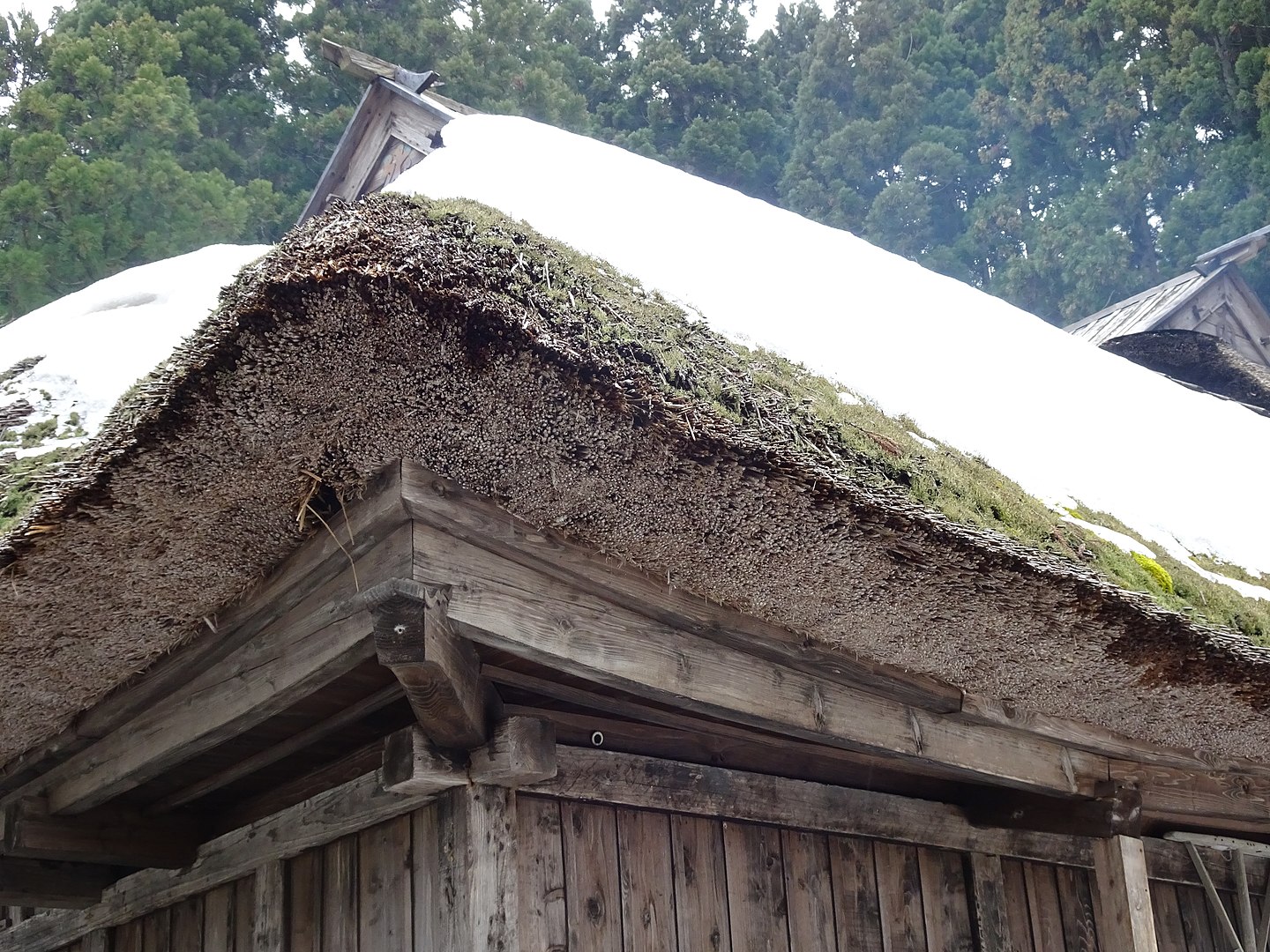
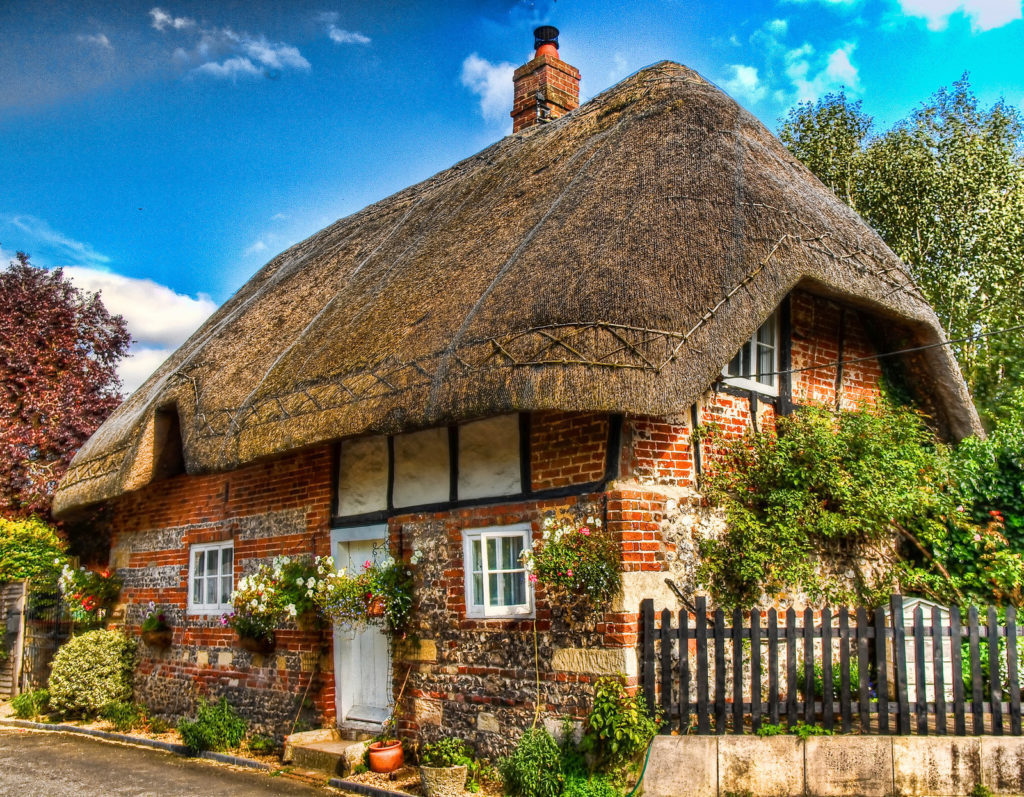
Once upon a time people simply had to build with what was locally available according to local needs - that's vernacular architecture. Hence why traditional architecture round the world is so diverse.
Now we can build with reinforced concrete and plate glass anywhere.

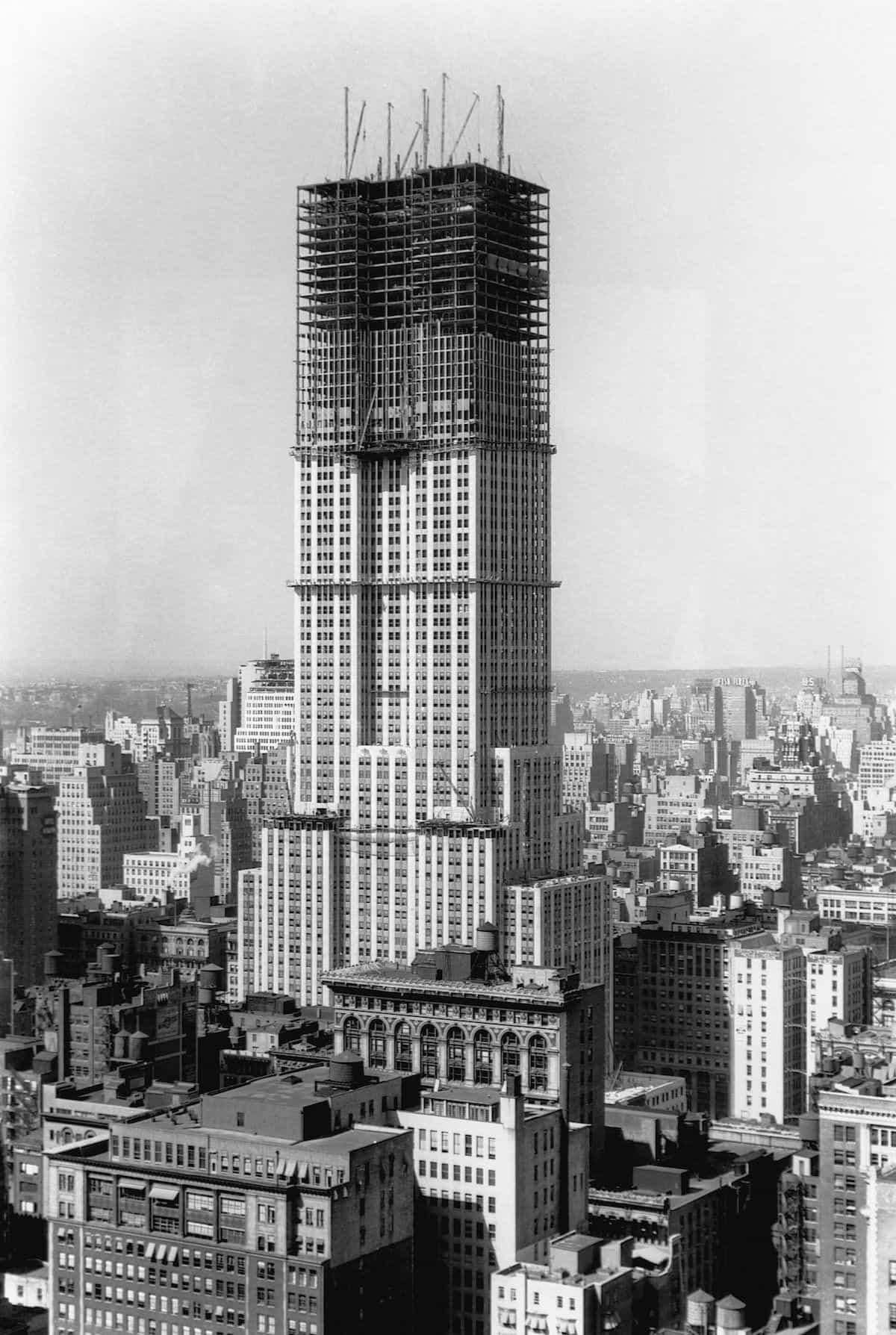
Architecture is also about the type of building.
For example, a society's largest buildings tell us what was most important to them (or who had most power).
The Pyramids are tombs for the semi-divine Pharaohs; Ancient Egypt was a highly religious, strictly monarchial society.

Around the world and throughout history it is places of worship that have usually been the largest, from cathedrals to mosques and synagogues to temples.
That these were religious societies is proven by the soaring towers, minarets, gopuras, and pagodas they left to posterity.

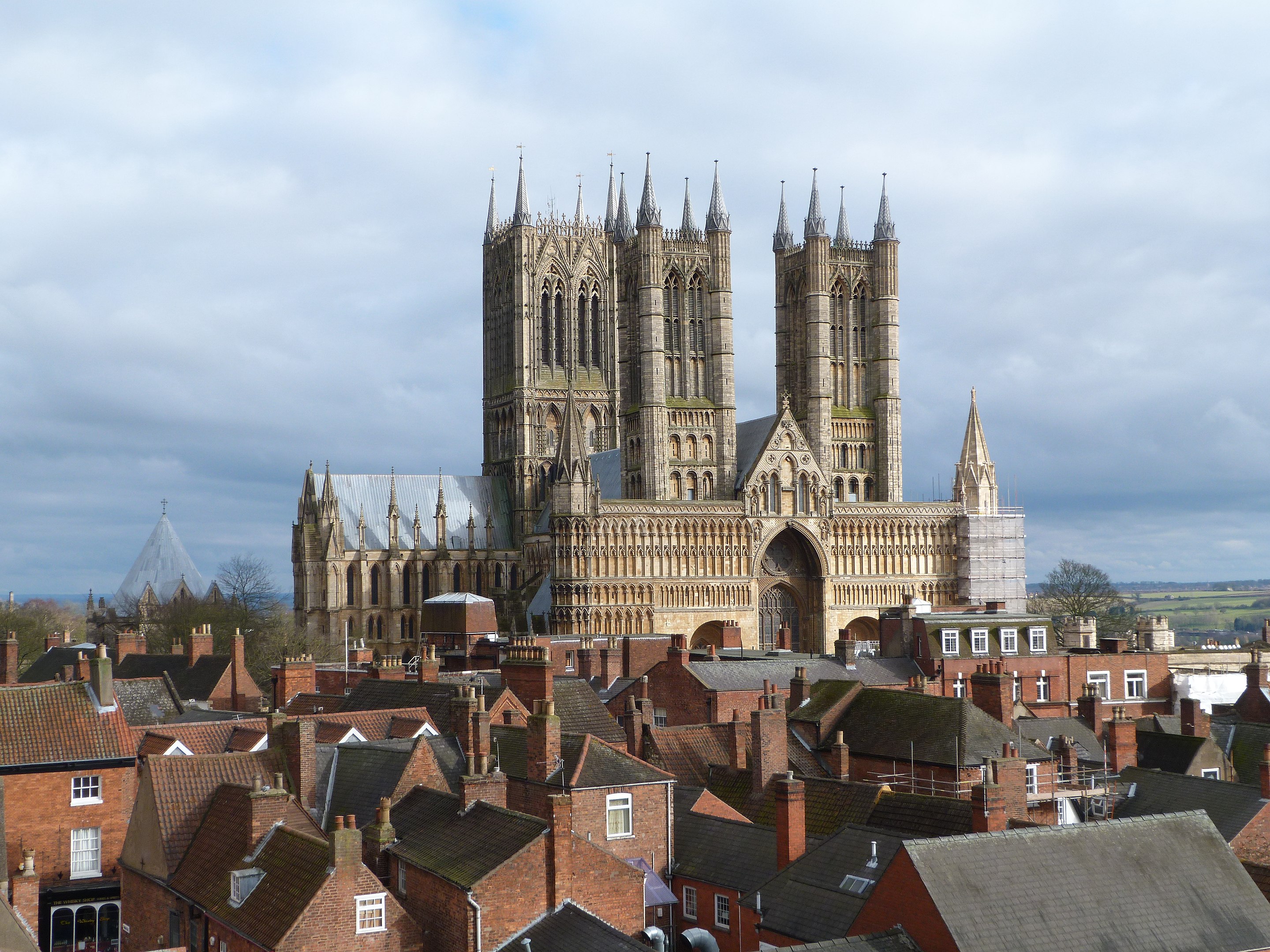

But, beyond what societies believed in, their largest buildings also tell us how they worked.
How many towns and cities are dominated by the castles and fortresses that once protected them? Such structures were a consequence of military and political necessity.

In the 20th and 21st centuries the biggest buildings are all industrial and commercial.
The largest building in the world in the 16th century (by volume) was St. Peter's Basilica in Rome; in the 21st century it is the Texas Gigafactory.
Times have changed.

And cities are no longer dominated by places of worship, castles, or royal palaces, but by skyscrapers, whether apartments, hotels, or offices for international banks and corporations.

Though, in any given city, some of its largest buildings will inevitably be sports stadiums - which isn't so different from Ancient Rome.
That sport is so important to a society - that people have time for leisure - is not an insignificant thing.

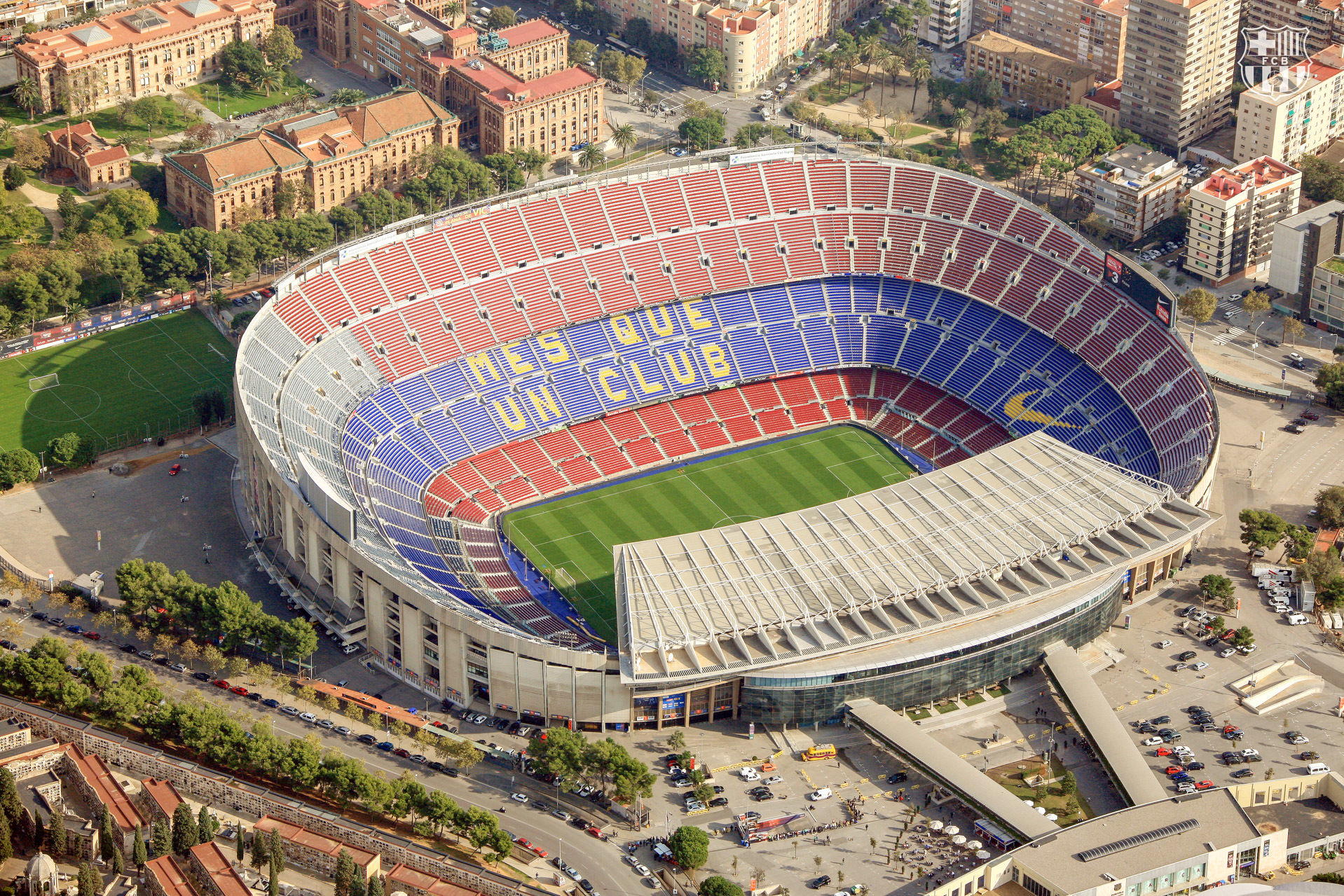
Even the layout of a town tells an immense story: whether it was planned, when it was planned, whether it has been destroyed or rebuilt, when it was destroyed or rebuilt...
Just compare Barcelona's more recent urban plan with its Medieval quarter, at the bottom of the image:
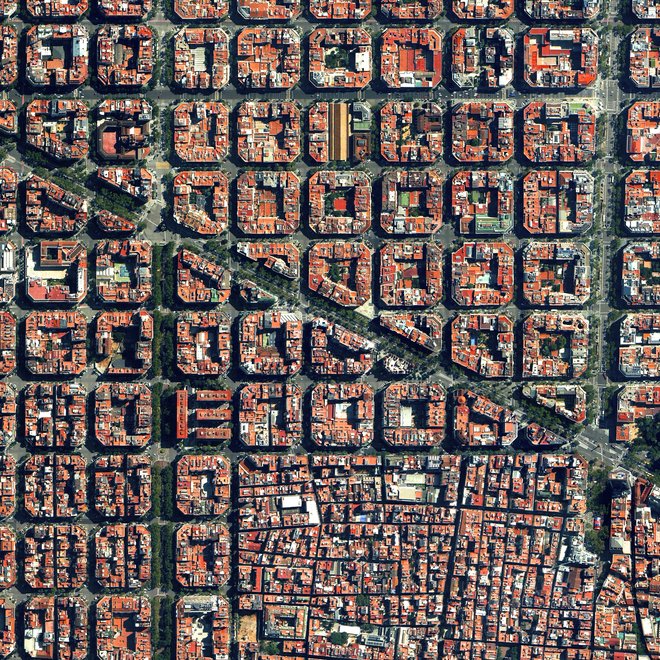
Architectural style is more than just appearance - it is a physical expression of what a society believes and how it works, of what is most important and who had the most power, of its religion, culture, and politics.
Sometimes intentional, often incidental, but always truthful.
Ruskin said you can never quite trust what a society says about itself, but you can always trust what it builds.
Architecture is unavoidable; we have to build. And so every single city, street, and house is a story we can read; a story still being written...